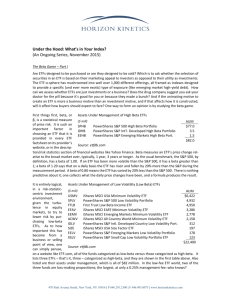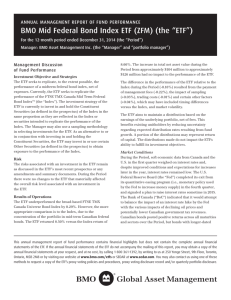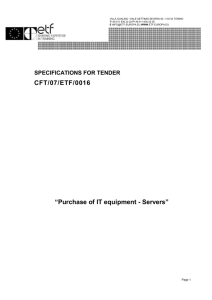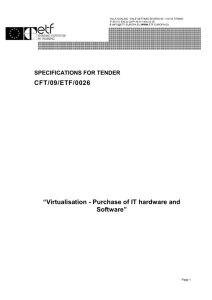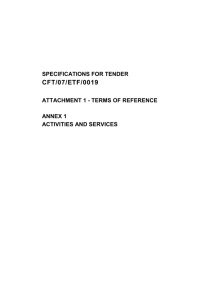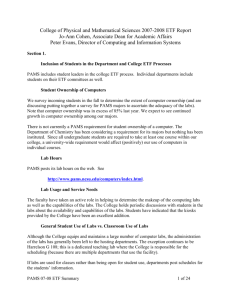Evaluation of the clinical effectiveness of enteral tube feeding in
advertisement
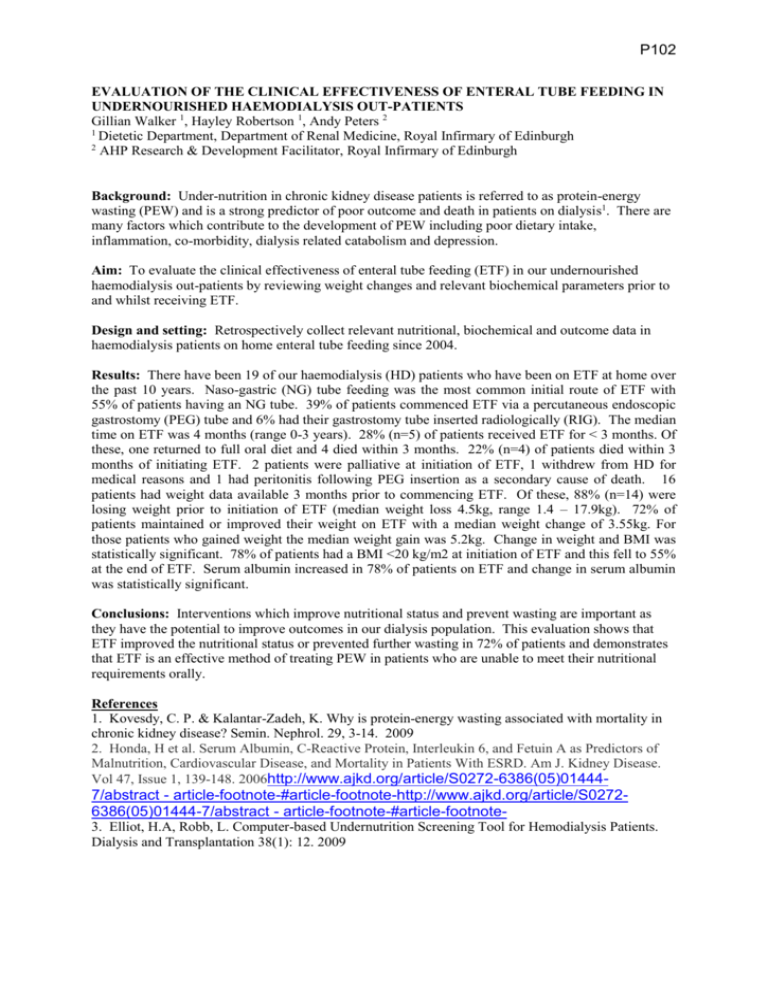
P102 EVALUATION OF THE CLINICAL EFFECTIVENESS OF ENTERAL TUBE FEEDING IN UNDERNOURISHED HAEMODIALYSIS OUT-PATIENTS Gillian Walker 1, Hayley Robertson 1, Andy Peters 2 1 Dietetic Department, Department of Renal Medicine, Royal Infirmary of Edinburgh 2 AHP Research & Development Facilitator, Royal Infirmary of Edinburgh Background: Under-nutrition in chronic kidney disease patients is referred to as protein-energy wasting (PEW) and is a strong predictor of poor outcome and death in patients on dialysis1. There are many factors which contribute to the development of PEW including poor dietary intake, inflammation, co-morbidity, dialysis related catabolism and depression. Aim: To evaluate the clinical effectiveness of enteral tube feeding (ETF) in our undernourished haemodialysis out-patients by reviewing weight changes and relevant biochemical parameters prior to and whilst receiving ETF. Design and setting: Retrospectively collect relevant nutritional, biochemical and outcome data in haemodialysis patients on home enteral tube feeding since 2004. Results: There have been 19 of our haemodialysis (HD) patients who have been on ETF at home over the past 10 years. Naso-gastric (NG) tube feeding was the most common initial route of ETF with 55% of patients having an NG tube. 39% of patients commenced ETF via a percutaneous endoscopic gastrostomy (PEG) tube and 6% had their gastrostomy tube inserted radiologically (RIG). The median time on ETF was 4 months (range 0-3 years). 28% (n=5) of patients received ETF for < 3 months. Of these, one returned to full oral diet and 4 died within 3 months. 22% (n=4) of patients died within 3 months of initiating ETF. 2 patients were palliative at initiation of ETF, 1 withdrew from HD for medical reasons and 1 had peritonitis following PEG insertion as a secondary cause of death. 16 patients had weight data available 3 months prior to commencing ETF. Of these, 88% (n=14) were losing weight prior to initiation of ETF (median weight loss 4.5kg, range 1.4 – 17.9kg). 72% of patients maintained or improved their weight on ETF with a median weight change of 3.55kg. For those patients who gained weight the median weight gain was 5.2kg. Change in weight and BMI was statistically significant. 78% of patients had a BMI <20 kg/m2 at initiation of ETF and this fell to 55% at the end of ETF. Serum albumin increased in 78% of patients on ETF and change in serum albumin was statistically significant. Conclusions: Interventions which improve nutritional status and prevent wasting are important as they have the potential to improve outcomes in our dialysis population. This evaluation shows that ETF improved the nutritional status or prevented further wasting in 72% of patients and demonstrates that ETF is an effective method of treating PEW in patients who are unable to meet their nutritional requirements orally. References 1. Kovesdy, C. P. & Kalantar-Zadeh, K. Why is protein-energy wasting associated with mortality in chronic kidney disease? Semin. Nephrol. 29, 3-14. 2009 2. Honda, H et al. Serum Albumin, C-Reactive Protein, Interleukin 6, and Fetuin A as Predictors of Malnutrition, Cardiovascular Disease, and Mortality in Patients With ESRD. Am J. Kidney Disease. Vol 47, Issue 1, 139-148. 2006http://www.ajkd.org/article/S0272-6386(05)01444- 7/abstract - article-footnote-#article-footnote-http://www.ajkd.org/article/S02726386(05)01444-7/abstract - article-footnote-#article-footnote3. Elliot, H.A, Robb, L. Computer-based Undernutrition Screening Tool for Hemodialysis Patients. Dialysis and Transplantation 38(1): 12. 2009
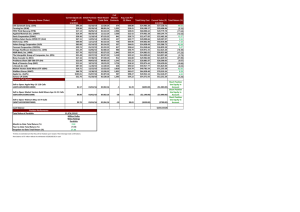
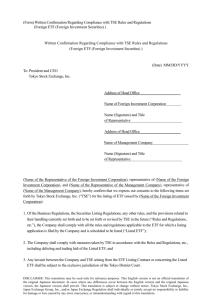
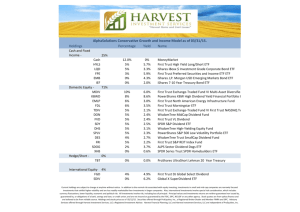
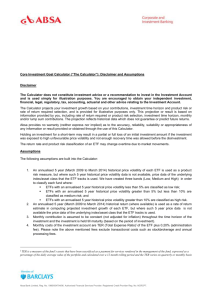
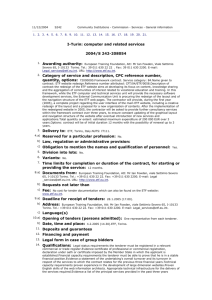

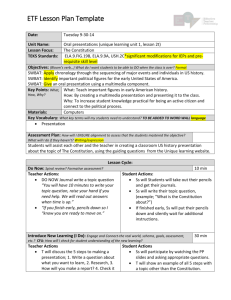
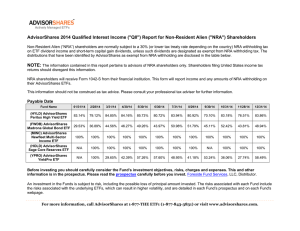
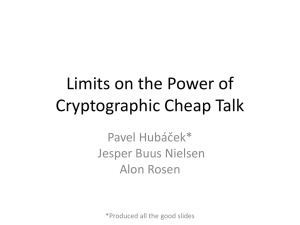
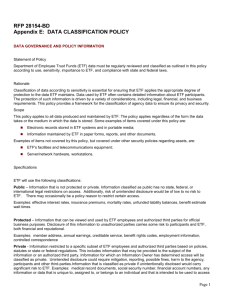
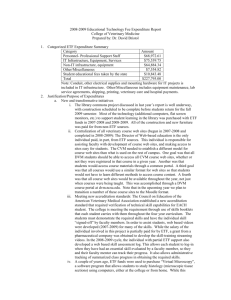
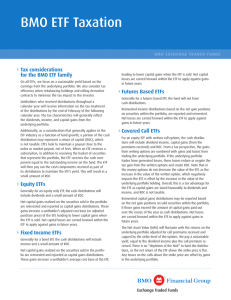
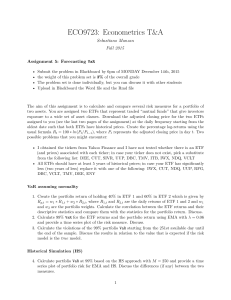
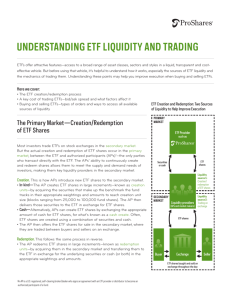
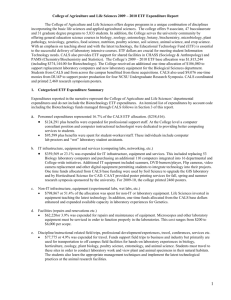
![[CLICK HERE TO INSERT DOCUMENT TITLE TO FIT IN WINDOW]](http://s3.studylib.net/store/data/009023831_1-a5f90a4c725dbf15e4c7143b01c36ccc-300x300.png)
